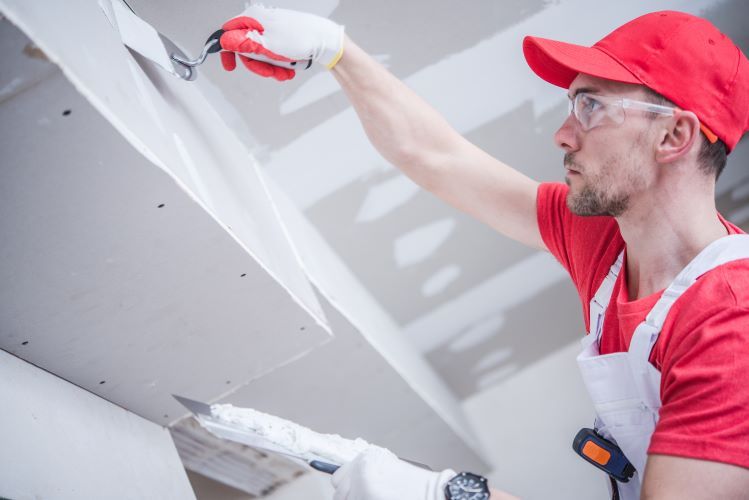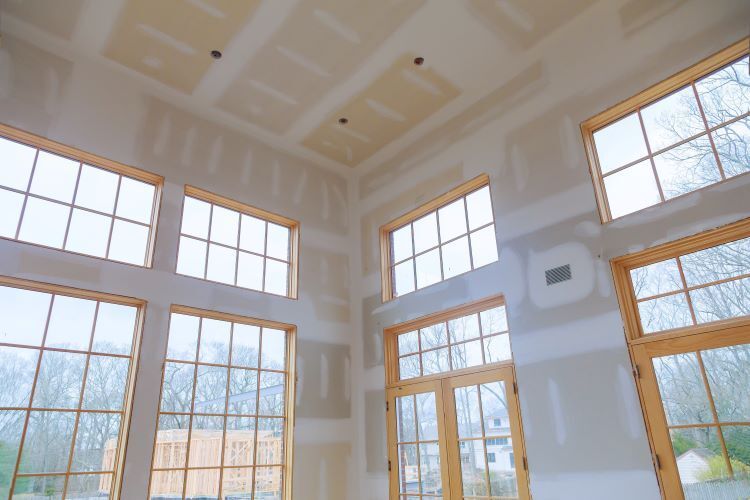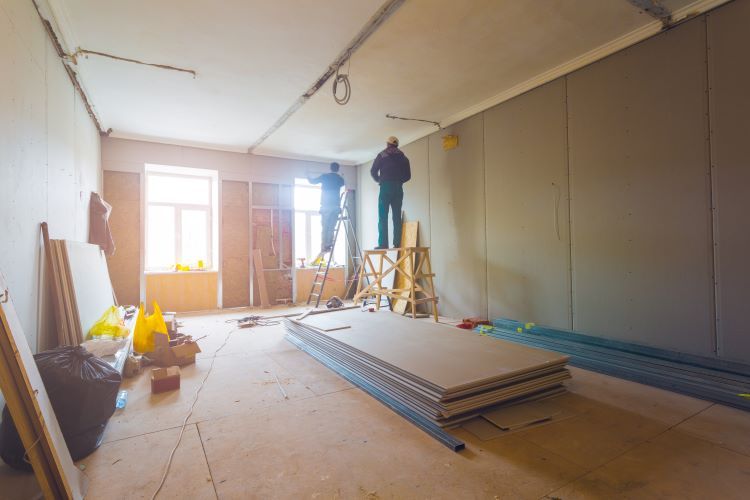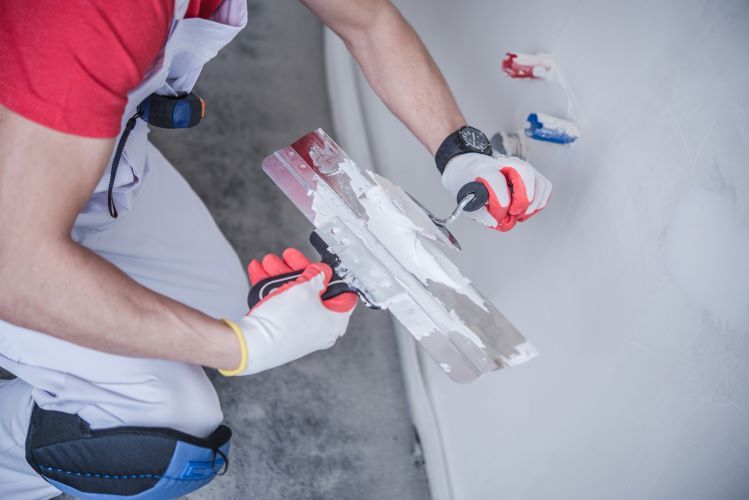Mastering Drywall Finishes

When it comes to creating a flawless interior space, drywall finishing plays a crucial role. The finishing process transforms rough drywall installations into smooth, paint-ready surfaces, significantly impacting the aesthetics and durability of your walls and ceilings. At St. John's Drywallers, we specialize in delivering high-quality drywall finishing services in St. John's, Newfoundland. Here’s an in-depth look at the drywall finishing process and why it is essential.
The Drywall Finishing Process
Drywall finishing involves several steps to ensure that the seams between drywall panels, screw holes, and other imperfections are concealed. Here’s a step-by-step guide to the process:
1. Taping and Mudding the Seams
Applying Joint Tape: The first step is to apply joint tape to all the seams where drywall panels meet. This tape helps reinforce the joints and prevents cracks from forming in the future.
First Coat of Joint Compound: A layer of joint compound, commonly known as mud, is applied over the tape. Using a taping knife, the compound is spread smoothly over the seams, covering the tape and blending it into the drywall.
2. Covering Screw Holes and Corners
Screw Holes: After taping, the next task is to cover the screw holes. A small amount of joint compound is applied to each hole and then smoothed out to ensure it’s level with the drywall surface.
Corners: For both inside and outside corners, special corner bead or tape is used. This helps create sharp, clean lines and adds durability to these high-wear areas.
3. Applying Additional Coats
Second and Third Coats: Once the first coat of joint compound is dry, additional coats are applied. Each coat is slightly wider than the previous one to feather out the edges, ensuring a smooth transition between the drywall and the compound. Typically, two to three coats are needed, with each coat requiring time to dry and be sanded.
Sanding: After each coat of joint compound has dried, the surface is sanded to remove any imperfections and create a smooth finish. A fine-grit sanding block or pole sander is used for this purpose.
4. Final Touches
Spot Patching: After the final sanding, any remaining imperfections or small holes are patched with a quick-drying joint compound and sanded smooth.
Priming: Before painting, it’s essential to apply a primer. Priming seals the drywall and joint compound, providing a uniform surface for the paint to adhere to and helping to highlight any last-minute imperfections that need to be addressed.
The Importance of Drywall Finishing
Aesthetic Appeal: Proper drywall finishing creates a seamless, smooth surface that enhances the overall look of your interior space. Well-finished drywall is essential for achieving a professional, polished appearance.
Durability: Quality drywall finishing adds strength and durability to your walls and ceilings. Properly applied joint compound and tape reinforce the seams, reducing the likelihood of cracks and damage over time.
Paint Preparation: A smooth, well-finished drywall surface is crucial for paint adherence. Primer and paint applied to properly finished drywall will have a uniform appearance and will be less likely to peel or chip.
Increased Property Value: Professional drywall finishing can significantly increase the value of your property. Potential buyers and appraisers notice the quality of wall finishes, and well-done drywall can be a selling point.
Preventing Mold and Mildew: Proper finishing helps seal the drywall, reducing the risk of moisture penetration. This is particularly important in areas like St. John's, where humidity can be high. By preventing moisture infiltration, you also reduce the risk of mold and mildew growth.
Why Choose St. John's Drywallers for Your Drywall Finishing Needs
At St. John's Drywallers, we pride ourselves on delivering exceptional drywall finishing services. Here’s why we are the ideal choice for your project:
Experience and Expertise: Our team has years of experience in the drywall industry, ensuring that we have the skills and knowledge to handle any finishing project, big or small.
Attention to Detail: We understand that the details make the difference. Our meticulous approach ensures that every seam, corner, and screw hole is expertly finished.
Quality Materials: We use only the highest quality materials to ensure a durable and long-lasting finish.
Customer Satisfaction: Your satisfaction is our top priority. We work closely with you to understand your needs and ensure that the finished product meets your expectations.
Local Understanding: As a local company, we understand the unique needs and challenges of homes and businesses in St. John's, Newfoundland. We tailor our services to suit the local climate and building styles.
Conclusion
Drywall finishing is a vital step in creating beautiful, durable interiors. By following a thorough finishing process and paying attention to detail, you can achieve a smooth, flawless surface ready for painting and decorating. At St. John's Drywallers, we are committed to providing top-notch drywall finishing services that enhance the beauty and value of your property. Contact us today to learn more about how we can help with your drywall needs in St. John's, Newfoundland.
You might also like



Book a Service Today
We will get back to you as soon as possible
Please try again later
St. John's Drywallers
Navigation
Navigation
Working hours
- Mon - Fri
- -
- Sat - Sun
- Appointment Only
*This is a referral website. All work is performed by professional, licensed contractors.